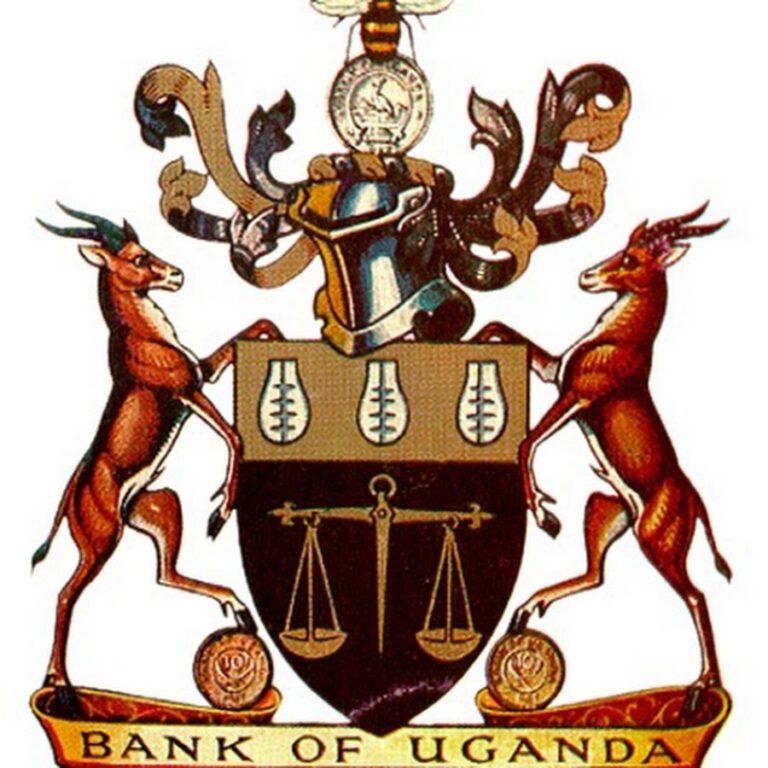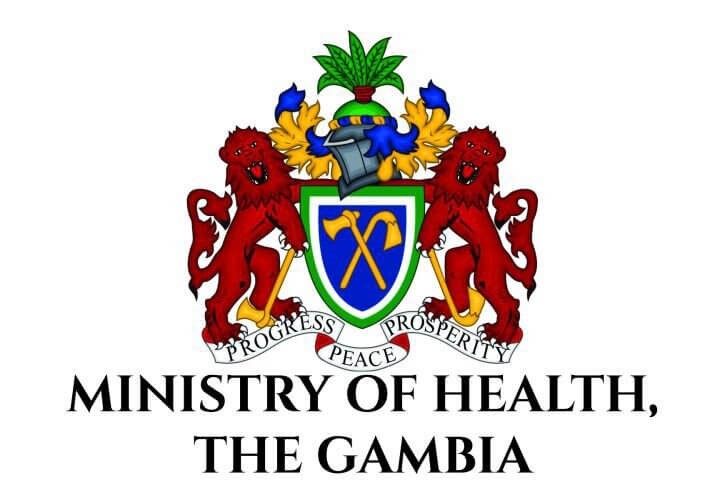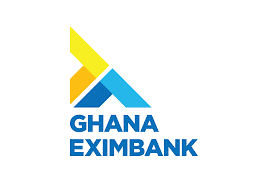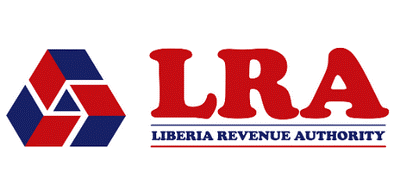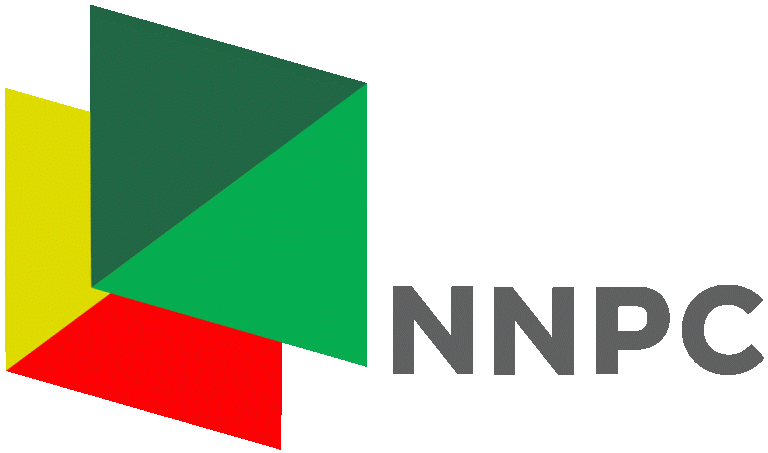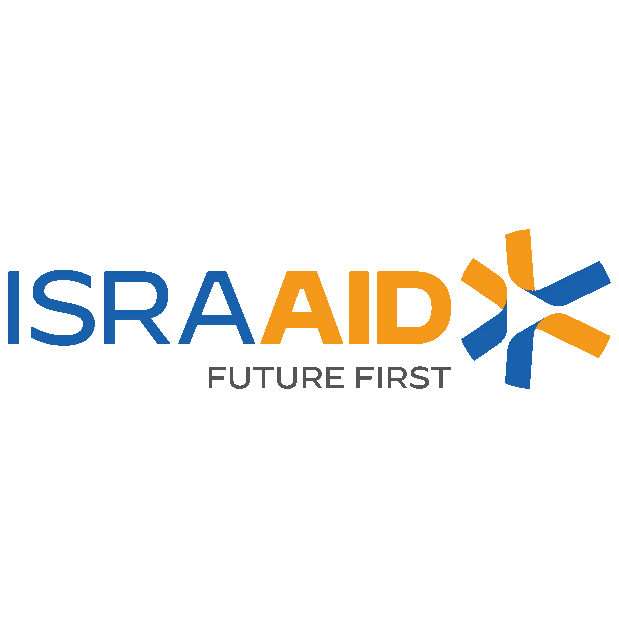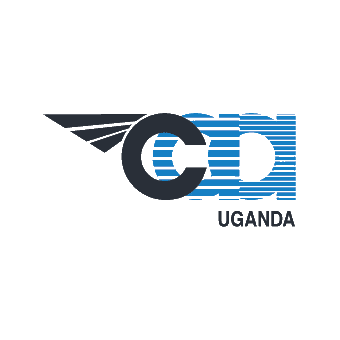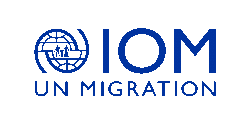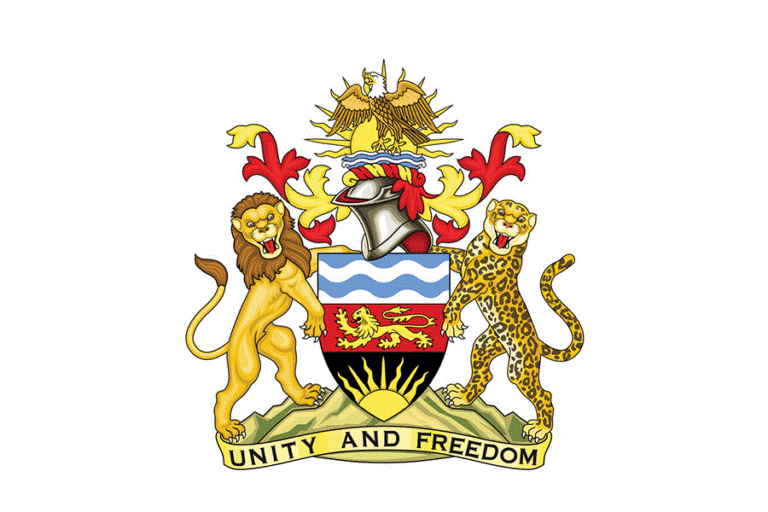Anti-Money Laundering (AML) Training Course for Board of Directors and Senior Management
INTRODUCTION
In today's highly regulated financial environment, organizations must prioritize compliance with Anti-Money Laundering (AML) laws and regulations to protect themselves from financial crime risks. This course is specifically designed for board members and senior management, offering them the essential knowledge and tools to ensure their organizations meet legal obligations and are equipped to combat money laundering activities effectively.
Money laundering poses significant risks, including legal penalties, reputational damage, and financial losses. For board members and senior executives, understanding the role they play in oversight and governance is critical. This course provides a comprehensive understanding of AML regulations, compliance obligations, and strategies for effective risk management at the highest levels of the organization.
DURATION
10 days
COURSE OBJECTIVES
By the end of the course, participants will:
- Understand AML Regulatory Frameworks: Gain a clear understanding of international and local AML laws, standards (e.g., FATF), and enforcement actions.
- Recognize the Role of Leadership: Comprehend the critical role of the board and senior management in overseeing AML compliance, ensuring accountability, and building a culture of compliance.
- Implement a Risk-Based Approach: Learn how to identify, assess, and mitigate money laundering risks using a risk-based approach tailored to the organization’s profile.
- Enhance Internal Governance: Strengthen governance structures and internal controls to ensure the organization meets AML regulatory standards.
- Ensure Effective Reporting and Escalation: Understand the reporting obligations for suspicious activities, both internally and to external regulators.
- Comply with Sanctions Requirements: Learn how to comply with sanction regimes and mitigate potential sanction-related risks.
- Evaluate and Improve AML Programs: Acquire tools to assess the effectiveness of the organization’s AML program and implement continuous improvements.
COURSE CONTENT
Module 1: Introduction to AML Regulations
- Overview of global and local AML regulations and enforcement
- The role of the Financial Action Task Force (FATF) and other regulatory bodies
- National AML frameworks and obligations for organizations
Module 2: Roles and Responsibilities of Board and Senior Management
- Regulatory expectations for leadership oversight of AML
- Key responsibilities of board members and senior executives in AML compliance
- Accountability and decision-making in managing AML risks
Module 3: Money Laundering and Terrorist Financing Typologies
- Common typologies of money laundering and terrorist financing
- How criminals launder money using financial institutions and other sectors
- Case studies of significant money laundering cases and the lessons learned
Module 4: Risk-Based Approach to AML Compliance
- What is a risk-based approach and how to implement it?
- Identifying high-risk areas and customers
- Developing a risk-based AML policy and procedures
- Practical examples of risk assessment frameworks
Module 5: Building a Strong AML Compliance Program
- Essential elements of an AML compliance program
- Creating and maintaining policies, procedures, and controls
- Staff training, awareness, and culture of compliance
- Monitoring, auditing, and continuous improvement of the AML program
Module 6: Suspicious Activity Reporting (SAR) and Investigations
- Legal obligations for identifying and reporting suspicious activity
- Processes for internal investigations and escalation procedures
- Case studies of real SAR filings and outcomes
Module 7: Sanctions and Embargoes Compliance
- Overview of international sanctions regimes (e.g., OFAC, UN, EU)
- Identifying and managing sanction risks in business transactions
- Penalties for sanction violations and steps to mitigate risks
Module 8: Enforcement Actions and Penalties for Non-Compliance
- Real-world examples of enforcement actions against organizations and executives
- Financial and reputational risks associated with AML non-compliance
- Steps to ensure compliance and avoid penalties
Module 9: Assessment and Continuous Improvement of AML Program
- Tools for assessing the effectiveness of your AML program
- Integrating regulatory changes and updates into your program
- Strategies for fostering a culture of continuous improvement in AML compliance
CERTIFICATION
- Upon successful completion of this training, participants will be issued with Macskills Training and Development Institute Certificate
TRAINING VENUE
- Training will be held at Macskills Training Centre. We also tailor make the training upon request at different locations across the world.
AIRPORT PICK UP AND ACCOMMODATION
- Airport pick up and accommodation is arranged upon request
TERMS OF PAYMENT
- Payment should be made to Macskills Development Institute bank account before the start of the training and receipts sent to info@macskillsdevelopment.com
Anti-money Laundering (aml) Training Course For Board Of Directors And Senior Management in Kenya
| Dates | Fees | Location | Action |
|---|---|---|---|
| 13/10/2025 - 24/10/2025 | $3,950 | Kigali |
|
| 20/10/2025 - 31/10/2025 | $2,450 | Nairobi |
|
| 03/11/2025 - 14/11/2025 | $5,950 | Dubai |
|
| 10/11/2025 - 21/11/2025 | $2,950 | Mombasa |
|
| 17/11/2025 - 28/11/2025 | $2,450 | Nairobi |
|
| 01/12/2025 - 12/12/2025 | $4,950 | Johannesburg |
|
| 08/12/2025 - 19/12/2025 | $2,450 | Nairobi |
|
| 05/01/2026 - 16/01/2026 | $3,950 | Kigali |
|
| 12/01/2026 - 23/01/2026 | $3,250 | Mombasa |
|
| 19/01/2026 - 30/01/2026 | $2,450 | Nairobi |
|
| 02/02/2026 - 13/02/2026 | $4,950 | Johannesburg |
|
| 09/02/2026 - 20/02/2026 | $3,250 | Mombasa |
|
| 16/02/2026 - 27/02/2026 | $2,450 | Nairobi |
|
| 02/03/2026 - 13/03/2026 | $3,950 | Kigali |
|
| 05/01/2026 - 09/01/2026 | $4,950 | Dubai |
|
| 12/01/2026 - 16/01/2026 | $2,900 | Kigali |
|
| 26/01/2026 - 30/01/2026 | $1,250 | Nairobi |
|
| 02/02/2026 - 06/02/2026 | $4,000 | Pretoria |
|
| 16/02/2026 - 20/02/2026 | $1,750 | Mombasa |
|
| 23/02/2026 - 27/02/2026 | $1,250 | Nairobi |
|
| 02/03/2026 - 06/03/2026 | $4,000 | Johannesburg |
|
| 16/03/2026 - 20/03/2026 | $1,750 | Kigali |
|
| 23/02/2026 - 27/02/2026 | $1,250 | Nairobi |
|
| 02/03/2026 - 06/03/2026 | $4,950 | Instanbul |
|
| 16/03/2026 - 20/03/2026 | $2,900 | Kigali |
|
| 23/03/2026 - 27/03/2026 | $1,250 | Nairobi |
|
| 06/04/2026 - 10/04/2026 | $4,000 | Johannesburg |
|
| 13/04/2026 - 17/04/2026 | $1,750 | Mombasa |
|
| 20/04/2026 - 24/04/2026 | $1,250 | Nairobi |
|
| 04/05/2026 - 08/05/2026 | $2,900 | Kigali |
|
| 11/05/2026 - 15/05/2026 | $1,750 | Mombasa |
|
| 25/05/2026 - 29/05/2026 | $1,250 | Nairobi |
|
| 01/06/2026 - 05/06/2026 | $4,950 | Instanbul |
|
| 08/06/2026 - 12/06/2026 | $2,900 | Kigali |
|
| 22/06/2026 - 26/06/2026 | $1,250 | Nairobi |
|

